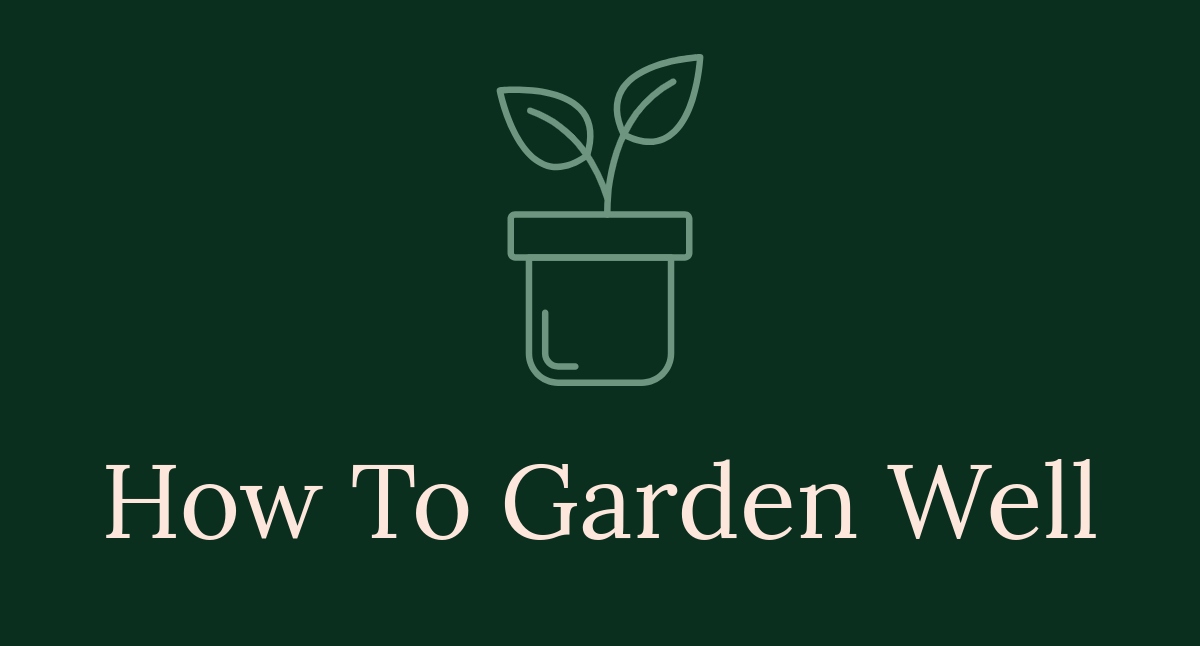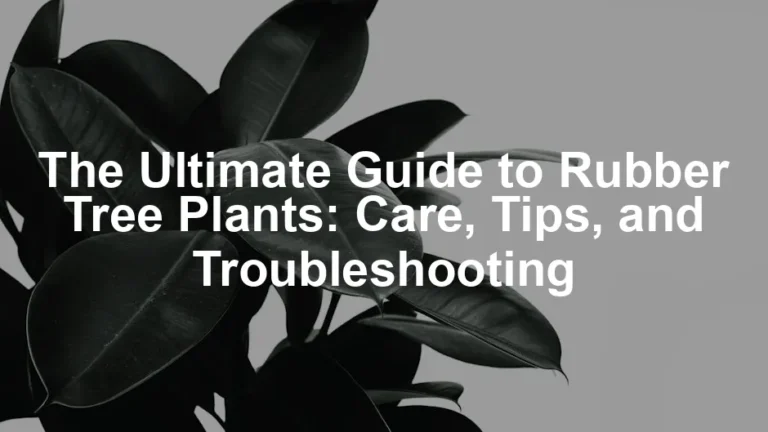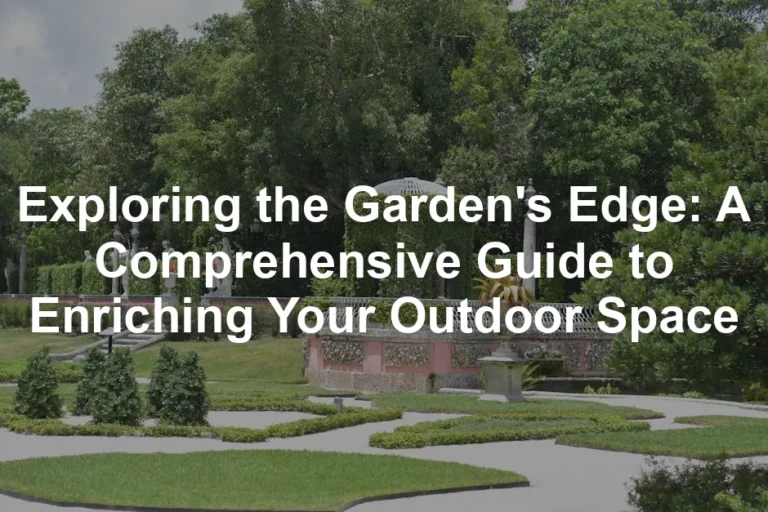
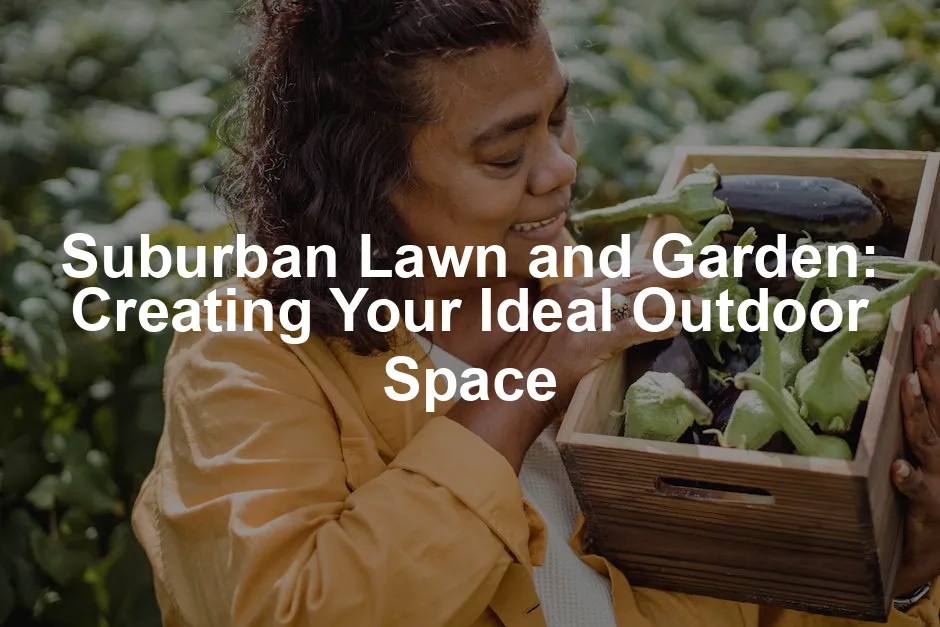
Suburban Lawn and Garden: Creating Your Ideal Outdoor Space
Introduction
Suburban lawns and gardens serve as vital extensions of our homes. They enhance our living spaces and provide a canvas for creativity. Recently, many homeowners have shown a growing interest in landscaping and gardening. This article aims to offer insights and practical tips for maintaining and beautifying your suburban outdoor areas.
Summary and Overview
In this blog post, we will cover various aspects of suburban lawn and garden care. First, we’ll discuss how a well-kept lawn and garden can boost your home’s aesthetic appeal. You’ll learn about the environmental benefits of green spaces, like improved air quality. A vibrant garden can also increase your property value.
This article will touch on different plant types suitable for your area, essential maintenance tips, landscaping ideas, and common challenges you might face. By the end, you’ll have the knowledge to create and maintain an inviting outdoor space that reflects your style and meets community standards.
Understanding Your Suburban Landscape
The Importance of Lawn and Garden in Suburbia
Lawns and gardens are more than just greenery; they reflect personal style and uphold community standards. A beautiful garden can enhance neighborhood aesthetics, creating a welcoming environment for everyone. Studies show that around 70% of homeowners engage in gardening, highlighting its popularity.
Gardening offers numerous psychological benefits, too. Spending time outdoors can reduce stress and improve mental well-being. Community gardens foster social connections among neighbors, creating bonds through shared interests.
Picture your ideal outdoor space filled with blooming flowers and lush greenery. What would it look like? Let’s work together to transform that vision into reality.
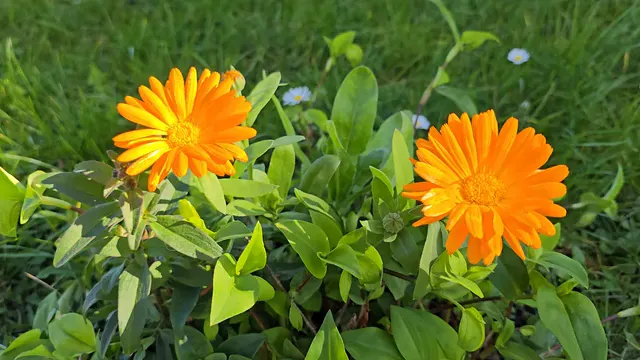
Types of Plants Suitable for Suburban Gardens
Choosing the Right Plants
Selecting the right plants for your suburban garden involves several factors. First, consider your local climate. Do you experience hot summers or cold winters? Next, assess your soil type. Is it sandy, clay, or loamy? Finally, think about sunlight exposure. Does your garden get full sun, partial shade, or full shade?
Popular choices for suburban gardens include native species, perennials, and annuals. Native plants, such as coneflowers and black-eyed Susans, thrive in local conditions and require less water. Perennial flowers, like daylilies and peonies, return year after year, providing reliable seasonal blooms. Annuals, such as marigolds and petunias, are great for vibrant, temporary color.
Using native plants has many benefits. They attract local pollinators and support biodiversity. Moreover, they often need less maintenance and are more resistant to local pests and diseases.
For a successful garden, visit your local garden center. They can help you choose the best plants for your unique space and conditions. Additionally, you can check out our raised bed gardening tips and tricks for more insights.
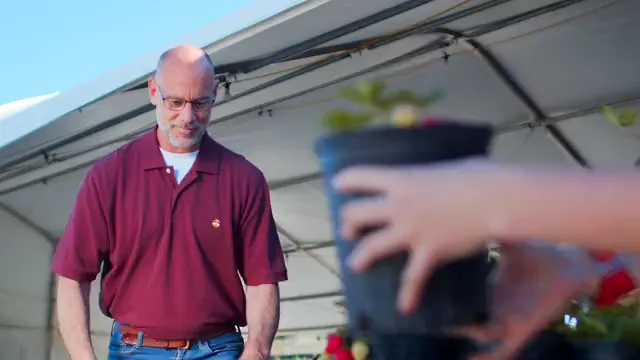
And don’t forget to get your hands on a pair of Gardening Gloves! They protect your hands while you dig into the dirt, ensuring you can plant, prune, and pot without fear of scrapes or cuts.
Using native plants in your garden can enhance local biodiversity and support pollinators. Learn more about this in our raised bed gardening tips and tricks.
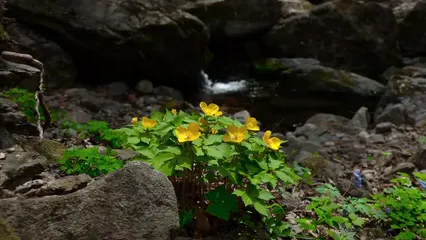
Lawn Care and Maintenance Best Practices
Essential Lawn Care Tips
Maintaining a healthy lawn requires consistent care. Begin with regular mowing. Aim to mow once a week during the growing season. This keeps your grass at an ideal height for growth and encourages a thicker turf.
Watering is crucial too. Water your lawn early in the morning, ensuring the grass gets about one inch of water each week. This helps establish strong roots.
Don’t forget about fertilizing! A balanced fertilizer will provide essential nutrients. Soil health is equally important. Testing your soil can reveal nutrient deficiencies, and you can do that easily with a Soil Test Kit to make sure your plants get what they need.
Aeration improves airflow and allows nutrients to penetrate deeper.
Seasonal care is key. In spring, focus on seeding and fertilizing. Summer care should include consistent watering. In fall, aerate and overseed to prepare for winter.
For more tips, subscribe to receive lawn care reminders and ensure your lawn stays lush and healthy year-round!
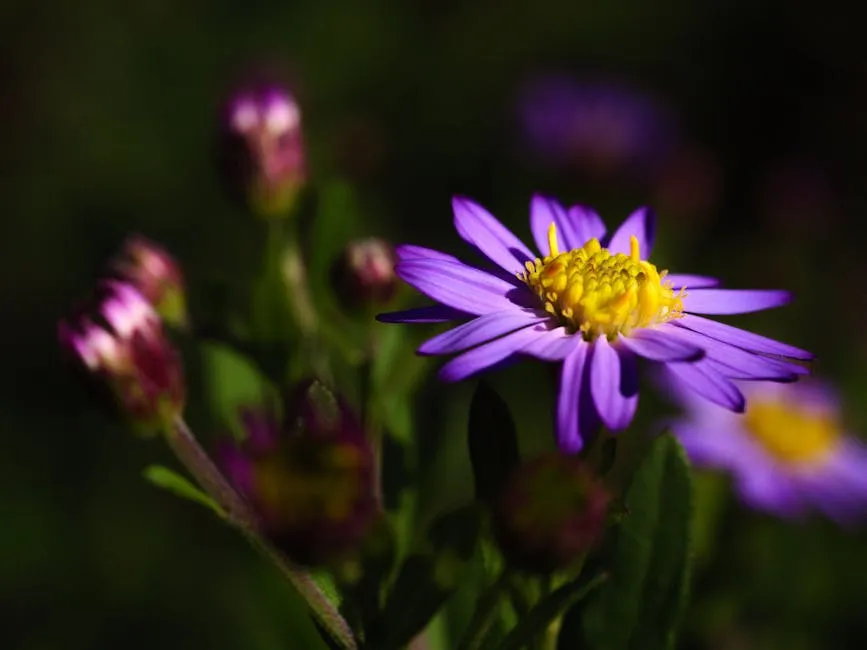
Landscaping Ideas for Suburban Homes
Creating Attractive Landscapes
Transforming your suburban yard into a stunning landscape can be an exciting project. Start by choosing a style that suits your taste. Formal landscaping features symmetrical designs and neatly trimmed hedges. Informal designs embrace a more relaxed look with curvy paths and wildflower gardens. Modern landscaping often incorporates clean lines and minimalistic features.
Consider various garden layouts. Raised flower beds can add depth, while borders create defined spaces. Use hardscaping elements like patios and pathways to enhance functionality. A stone path leading to a cozy seating area invites relaxation.
Decorative elements elevate your garden’s appeal. Fountains can provide a soothing sound, while garden art adds personality. Speaking of which, an Outdoor Garden Fountain can not only add aesthetic appeal but also create a tranquil atmosphere in your yard.
Feeling inspired? A landscaping consultation can help you bring your vision to life. Professional guidance can ensure your space reflects your style while maximizing its potential.

Common Challenges in Suburban Gardening
Troubleshooting Common Issues
Suburban gardening comes with its share of challenges. Pests, diseases, and drought can threaten your beautiful garden. Identifying pests early is crucial. Regularly check plants for signs of damage. Natural remedies such as neem oil can help control infestations. For more information on organic pest control methods, check out our guide on organic pest control methods for tomato plants.
Early identification of pests can save your garden. Explore organic solutions in our organic pest control methods for tomato plants.

Eco-Friendly Practices for Lawn and Garden
Sustainable Gardening Techniques
Sustainability is crucial in suburban gardening. By adopting eco-friendly practices, you help the environment. Composting is a fantastic start. It reduces waste and enriches your soil. Consider creating a Compost Bin in your backyard. It’s an easy way to recycle kitchen scraps and yard waste. For more on this, check our guide to composting in small backyard spaces.
Composting is a sustainable practice that enriches your soil. Learn how to start with our guide to composting in small backyard spaces.

FAQs
What are the best plants for a suburban garden?
Choosing plants for suburban gardening requires consideration of climate, soil type, and sunlight. Some of the best plants include native species, which thrive in local conditions. Perennials like daylilies and annuals such as petunias can add vibrant colors. Always assess your specific environment for optimal plant selection.
How often should I mow my lawn?
For effective lawn maintenance, aim to mow your lawn weekly during the growing season. This helps maintain an ideal grass height, promoting healthy growth. Adjust the frequency depending on rainfall and seasonal changes to keep your lawn looking its best.
What are eco-friendly practices for lawn care?
Sustainable gardening is key for a healthy environment. Consider using organic lawn care methods, such as natural fertilizers and compost. Implement water conservation techniques like drip irrigation to reduce waste. These practices not only protect the planet but also enhance your garden’s health.
How can I control pests in my garden?
Effective pest management starts with regular plant inspections. Look for signs of damage and act quickly. Organic solutions, such as neem oil and insecticidal soap, can help control infestations without harming beneficial insects. Always opt for natural remedies when possible.
What resources are available for suburban gardeners?
Local garden centers are treasure troves of information and supplies. Many offer workshops on various gardening topics. Online communities and social media groups can also provide support and advice. Connecting with fellow gardeners enhances your knowledge and enjoyment of gardening.
And if you’re looking to start your seeds right, consider using Seed Starter Trays. They help you germinate seeds in a controlled environment, giving your plants a head start!
Please let us know what you think about our content by leaving a comment down below!
Thank you for reading till here 🙂
All images from Pexels
